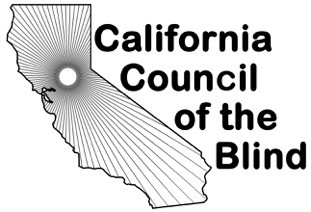by Judy Wilkinson
Kiora BC readers!
That greeting like "Aloha" for Hawaiians signifies everything from "?Hello," "Good-bye," to "How are you," to the Maori, the first people of New Zealand
where my husband Steven Mendelsohn and I spent a month earlier this winter (well summer actually) since the seasons are reversed. In fact, I edited the
Spring issue of the BC as we journeyed through this wonderful country, with its can-do attitude and pioneer spirit so reminiscent of our own early history.
We had traveled first for a few days to Sydney, Australia, where we had the privilege of attending the opera Tosca in that city's iconic opera house.
We traveled with our good friend Marg Munyard who acted as travel agent, driver and tour guide, all in one. Marg took nearly 700 pictures, we made numerous
audio recordings, and I kept a journal: all to remind us of this trip of a lifetime.
Meeting wonderful blind people and learning about their lives were among the highpoints of the trip. In Wellington we spent a fascinating late afternoon
with Tomas Bryan, a technology instructor at the Royal National Foundation of the Blind and his partner Rose Wilkinson, the Executive Director of The Associated
Blind Citizens of New Zealand. (And did I mention the fabulous Indian meal we shared?)
On our final weekend in Auckland, we met with a dozen or so blind folks gathered by Clive Lansink (the president of ABCNZ) and his partner Mary Schnackenberg
whom I had met several years previously at Ski For Light. They run their own technology consulting business now, but formerly Mary was head of their library
service for the visually-impaired.
We learned that the Royal National Institute is the umbrella organization which provides all services to the country's visually-impaired (rather like our
Department of Rehabilitation but including all services in a single agency).
The Associated Blind Citizens of New Zealand, though it shares a building in Wellington (the capitol) with the Foundation, is rather like our ACB in that
it represents and advocates for consumers. Tomas and Rose told us they never discuss their jobs at home as they are sometimes on opposite sides of the
fence (the agency and the consumer). ACBNZ, like CCB and ACB, is concerned about fundraising. The organization is lucky to have a modest nestegg upon which
to draw, but like most nonprofits, they must look to the future and try new fundraising tactics. They are embarking on a massive donation mailing campaign.
The next morning we visited Ablenet, where audio description is produced for some 30 hours a week of television programming. Director Wendy Yens gave us
lots of information, and we were pleased to learn that ACB's Joel Snyder head of the Audio Description Project, had visited last year. Audio description
is done differently there. Instead of someone writing a script which someone else reads and another mixes and edits, one person does it all. We met Paul
Harrok, a describer who walked us through the entire process which he controls with a single computer and its software. He treated us to part of his description
of the TV series "Once Upon A Time".
I had forgotten how rewarding, inspirational and educational traveling to another country can be. Several from the group we met are looking forward to
attending the World Blind Union meeting which will be held next summer in Florida. I look forward to renewing acquaintanceships with them there and meeting
and learning about so many blind people from all over the world.
Kiora until the fall issue.


